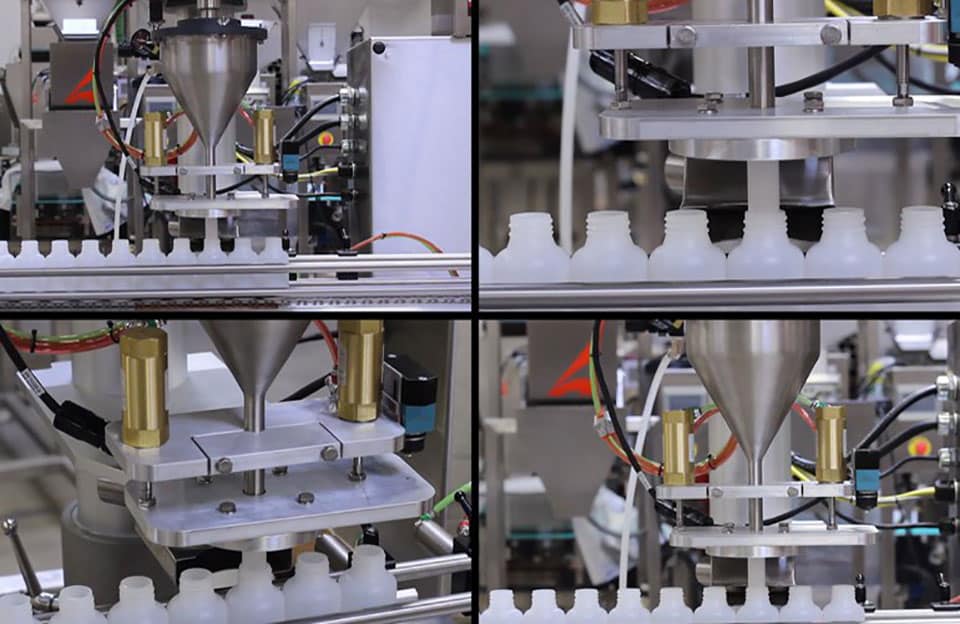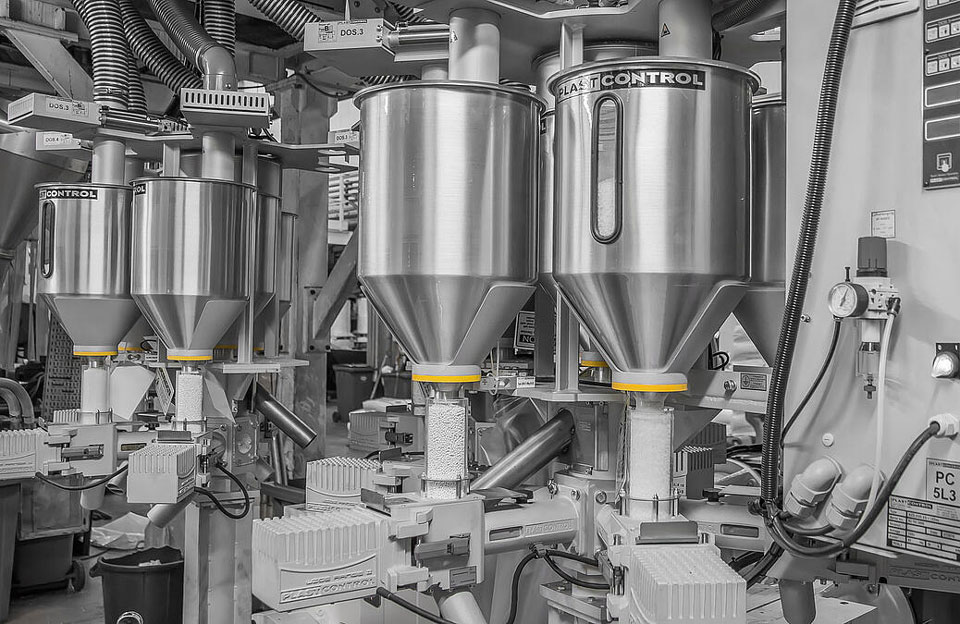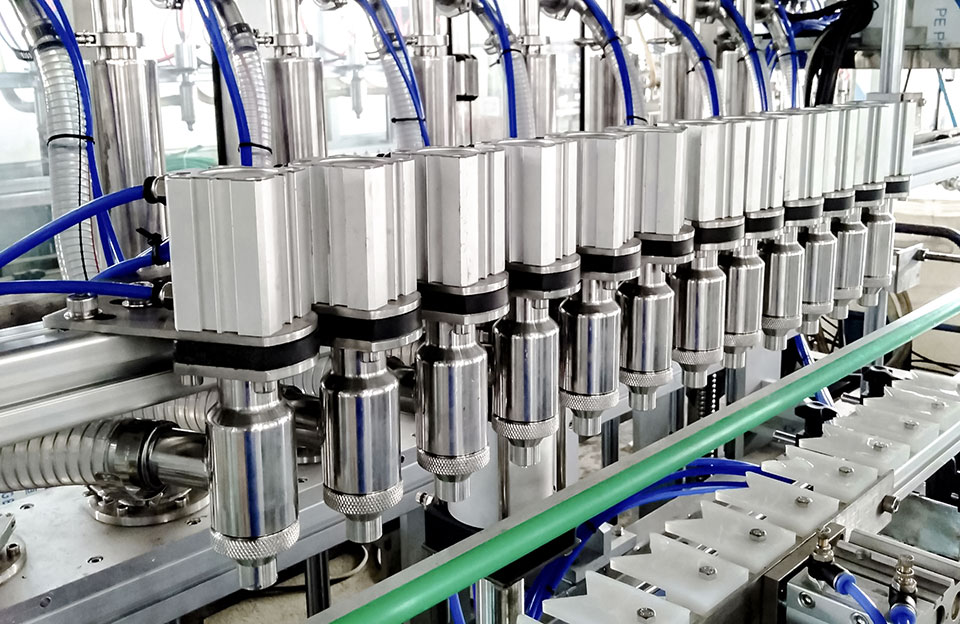Food safety is critical in all food production, processing, handling, and consumption. It refers to the practices and measures taken to ensure that food is safe for human consumption and free from contamination or risks that could cause injury. A powder filling machine is a common machine for processing powdered food. It is often equipped with a cleaning system. A sound cleaning system for powder filling machines can ensure the safety of food production.
The Working Process of the Cleaning System in the Powder Filling Machine
The cleaning system of powder filling machine is designed to remove any residual powder or debris from the machine’s components, ensuring proper hygiene and preventing cross-contamination between different powders. Here is a general overview of the working process of the cleaning system:
- Cleaning Solution: The cleaning system of powder filling machine usually employs a specialized cleaning solution or solvent compatible with the type of powder being handled and the machine’s construction materials. The cleaning solution is formulated to dissolve and remove the powder residues effectively.
- Spray Nozzles: The machine has spray nozzles positioned at critical points within the filling system. These spray nozzles are connected to the cleaning solution supply and are responsible for spraying the solution onto the machine’s surfaces.
- Cleaning Cycle Initiation: The operator initiates the cleaning cycle by activating the appropriate control or program on the machine’s interface. This step may involve selecting the desired cleaning mode, setting the cleaning duration, or specifying other cleaning parameters depending on the machine’s features.
- Solution Circulation: Once the cleaning cycle is started, the cleaning solution is pumped from the supply tank and circulated throughout the machine. The solution flows through dedicated pipelines and is directed to the spray nozzles.
- Spray and Rinse: The spray nozzles release a fine mist or spray of the cleaning solution onto the machine’s internal surfaces, including hoppers, chutes, pipes, valves, and other components that come into contact with the powder. The spray effectively dislodges and flushes away any residual powder particles.
- Draining and Flushing: After the spray and rinse phase, the cleaning solution, along with the dislodged powder residues, is drained from the machine. The cleaning system of powder filling machine may have dedicated drains or channels to collect the solution for proper disposal.
- Drying: Once the cleaning solution is drained, the machine’s components are typically dried using air blowers or other drying mechanisms. This step ensures that all moisture is removed from the machine, preventing any potential issues with caking or clumping of powders during subsequent filling operations.
- Validation and Verification: Some powder filling machines may include built-in sensors or monitoring systems to verify the effectiveness of the cleaning process. These cleaning system of powder filling machine can detect residual powder or contaminants and provide feedback to the operator, allowing for adjustments or further cleaning if necessary.
How to Maintain the Cleaning System of Powder Filling Machine
Maintaining the cleaning system of powder filling machine is crucial to ensure its proper functioning, prevent contamination, and extend the equipment’s lifespan. Here are some important steps to maintain cleaning system of powder filling machine effectively:
- Follow Manufacturer’s Guidelines: Start by familiarizing yourself with the manufacturer’s guidelines and recommendations for cleaning and maintenance. The manufacturer’s instructions provide specific details about the cleaning system of powder filling machine, including maintenance schedules, recommended cleaning agents, and procedures to follow.
- Regular Inspections: Regularly inspect the cleaning system of powder filling machine to identify wear, damage, or blockage signs. Inspect hoses, spray nozzles, filters, valves, and other components for visible wear or deterioration. Replace or repair any damaged or worn-out parts promptly to maintain the cleaning system’s efficiency.
- Check Spray Nozzles and Manifolds: Inspect and clean spray nozzles and manifolds regularly to ensure they are free from blockages or buildup. Use appropriate cleaning agents or solvents to remove any residue or debris that may impair the spray pattern or flow of the cleaning solution.
- Proper Storage of Cleaning Agents: Store cleaning agents and sanitizers in accordance with specific requirements. Follow the manufacturer’s instructions regarding storage temperature, light exposure, and shelf life. Improper storage can affect the effectiveness of the cleaning agents and compromise the cleaning system’s performance.
- Conduct Preventive Maintenance: Implement a preventive maintenance program to address the cleaning system’s overall maintenance needs. This may include regular lubrication of moving parts, checking and tightening connections, and verifying the proper functioning of valves, pumps, and motors. Schedule maintenance tasks at appropriate intervals to prevent equipment failure and ensure consistent cleaning performance.
- Train and Educate Operators: Properly train and educate operators on the cleaning system’s maintenance procedures, including best practices for cleaning, inspection, and troubleshooting.
- Document and Track Maintenance Activities: Maintain a record of all maintenance activities performed on the cleaning system. Document cleaning schedules, inspections, repairs, and any deviations or corrective actions taken.
Conclusion
Production safety is crucial to protecting public health, complying with laws and regulations, building consumer confidence, and maintaining brand reputation. The perfect powder filling machine cleaning system is conducive to ensuring the safety of filled products and effectively maintaining the corporate image.


